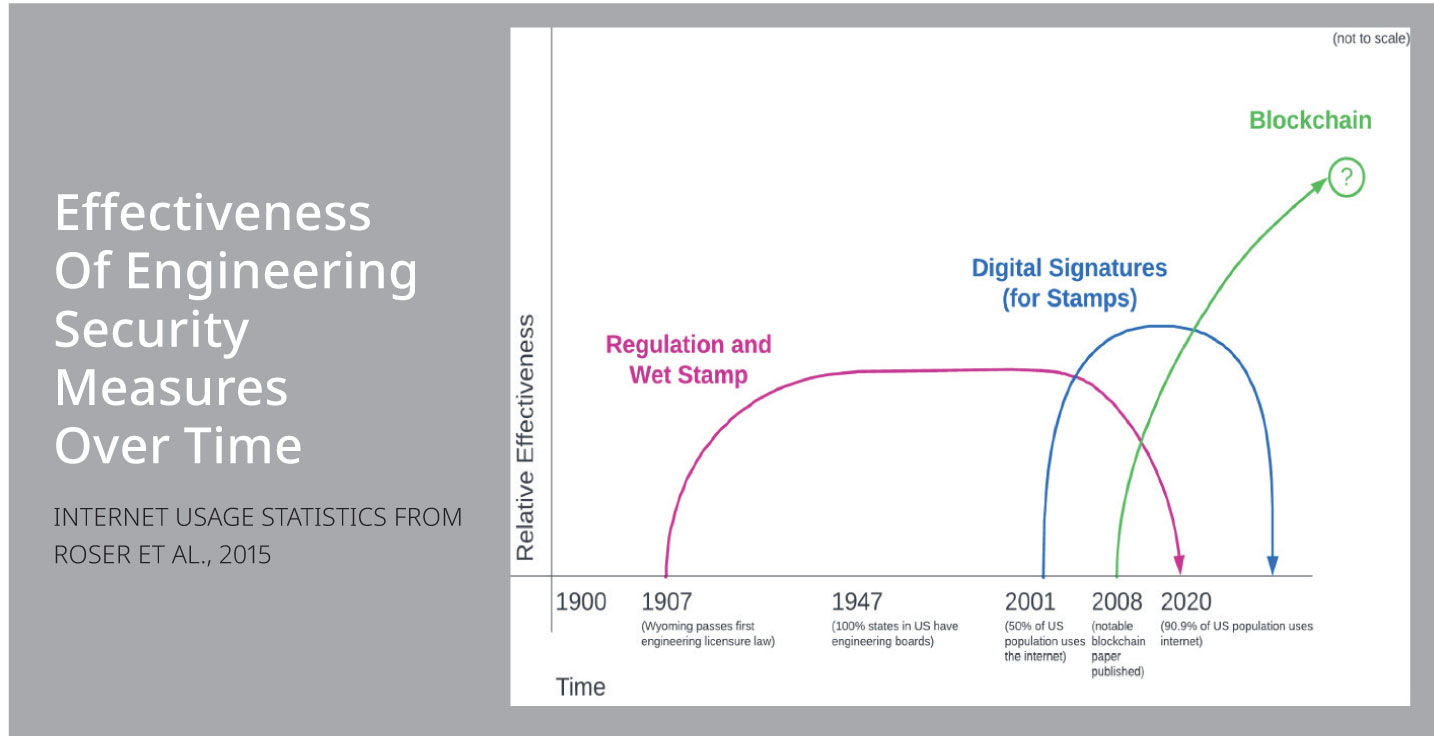July 2014
COMMUNITIES: CONSTRUCTION
Council Releases Recommendations for Building Industry
The National Institute of Building Sciences’ Consultative Council has presented recommendations in five areas that it believes should be priorities for the building industry: the building workforce, guidance on the use of nonpotable water, understanding the energy/water nexus, supporting the existing state and local building regulatory infrastructure, and developing the business case for private-sector investment in hazard mitigation.
Made up of high-level representatives from a dozen sectors of the building community, including both engineers and architects, the Consultative Council presents its recommendations in the Annual Report to the President of the United States. The council intends for these recommendations to serve as the beginning of a national policy framework for achieving high-performance buildings and communities.
In addition to the council’s new recommendations, it also has a number of past recommendations that it considers ongoing priorities.
New Recommendations
The 2013 National Institute of Building Sciences’ Consultative Council recommendations for improving US buildings and related infrastructure include the following.
- Industry associations should develop and support science, technology, engineering, and mathematics education programs to prepare students for careers in the 21st century building industry.
- The Departments of Labor and Education, in consultation with building industry representatives and other construction community stakeholders, should develop a comprehensive national workforce plan.
- The Environmental Protection Agency should set uniform national water quality criteria for end uses of nonpotable water.
- The National Institute of Standards and Technology should develop water and energy industry-accepted evaluation, measurement, and verification protocols that standards developers can use to help make determinations on provisions where water and energy trade-offs exist.
- The Department of Energy should compile a national database of embedded energy in water, as well as embedded water in energy, with a focus on developing regional and local estimates needed for planning purposes.
- The DOE; the Department of Homeland Security, including the Federal Emergency Management Agency; the Department of Commerce, including the Economic Development Administration; the EPA; and the Department of Housing and Urban Development should work together, and with the private sector, to identify economic, social, and environmental benefits to communities that adopt and verify compliance with construction codes.
- All federal agencies should ensure that any grants they give to states and localities in support of community development, resilience, housing, planning, transportation, and other related functions include prerequisites or other requirements focused on the adoption and compliance with up-to-date building codes.
- Community ratings conducted for various purposes should be integrated and expanded to include development of community-wide resilience ratings that can be used to identify best practices; assist in awarding federal and state grants; and support private-sector decision making, including insurance underwriting and financial investments.
- The National Institute of Building Sciences’ Multihazard Mitigation Council, with support from the public and private sectors, should update the report Natural Hazard Mitigation Saves to address current savings and the benefits that accrue to state and local governments and the private sector.
Ongoing Recommendations
The National Institute of Building Sciences’ Consultative Council believes some recommendations from past years remain priorities for the US building industry.
- Continue funding for the successful EnergyStar and WaterSense programs and surveys for building energy and water data conducted by the Energy Information Administration.
- Establish a federal plumbing research facility to advance fundamental plumbing knowledge, including impacts of pipe sizing changes and thermal insulation (pipe insulation) on energy and water use.
- Perform an industry-wide analysis of existing standards applicable to the creation of high-performance buildings to support a standard set of metrics for the industry.
- Study options for incorporating time-dependent valuation considerations in the residential and commercial model energy codes.
- Ensure that building and infrastructure issues are incorporated into the ongoing National Climate Assessment by having the building industry and the Global Change Research Program work together.
- Engage the building community with climate and weather scientists to help identify the information required for adaptation to climate change, and develop the practices, standards, codes, and guidelines needed by the private and public sectors to adapt the built environment.
- Advance the movement to performance-based (and ultimately outcome-based) codes and standards.
- Invest in energy and water-related infrastructure, which is desperately needed. Such programs, specifically aimed at repairing and replacing aging infrastructure, would vastly improve efficiencies and create jobs.


 Volunteering at NSPE is a great opportunity to grow your professional network and connect with other leaders in the field.
Volunteering at NSPE is a great opportunity to grow your professional network and connect with other leaders in the field. The National Society of Professional Engineers (NSPE) encourages you to explore the resources to cast your vote on election day:
The National Society of Professional Engineers (NSPE) encourages you to explore the resources to cast your vote on election day:


